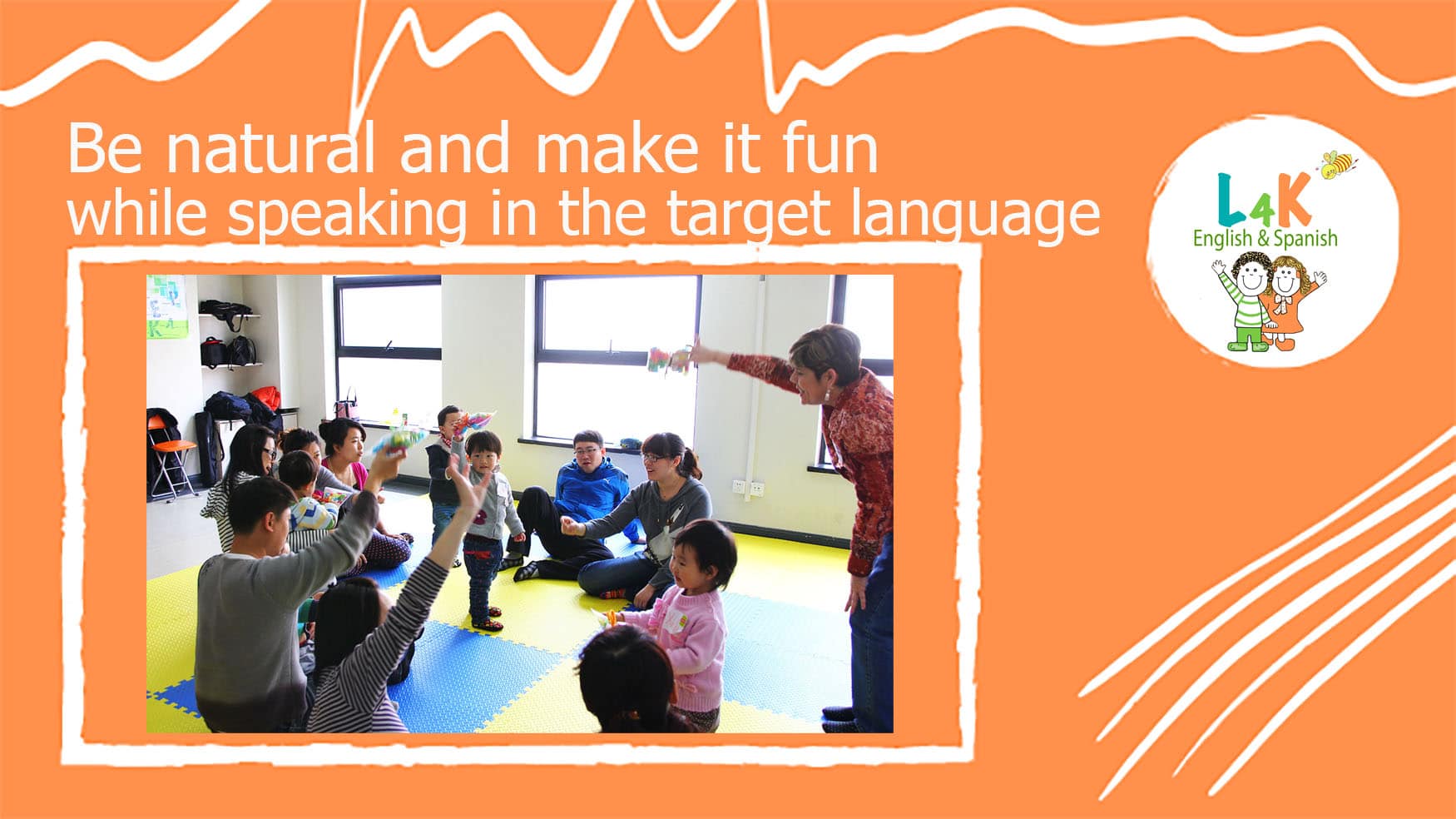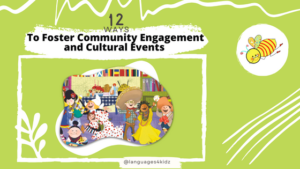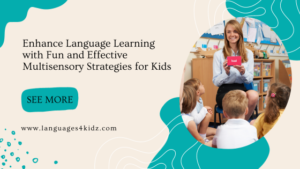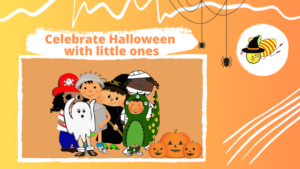“Immerse” children directly and immediately into the target language from the first opening day or hour of class. Be natural and make it fun.
It is crucial to the success of your program that you speak in the target language all the time. Keep your language simple but natural, and keep it at their level.
To be effective, you need to speak slowly, clearly, and use easily understandable and comprehensible cognates, at least to the best of your ability. It is not necessary to translate.
There are several techniques that will help you understand how to concentrate your effort in teaching the language by using the language.
Use mime, visual stimuli, gestures, appropriate modeling, exaggerated changes of pitch and volume, basic grammar and techniques such as TPR to facilitate the effectiveness of the program.
Use visual stimuli such as, posters, flash cards, props, manipulatives, puppets and other materials to introduce the target language. They can help everyone in your class take the risk of trying out new language structures and practice the vocabulary being taught in a fun way and without noticing it.

Props and manipulatives that can be touched, squeezed, and passed around are appealing to small children and are of great help when learning a new language.
You may want to start collecting items such as play foods, animal figures, clothing, dolls and other objects that you may buy in novelty stores. Keep in mind that parents and children may also help you find pictures and objects that go with the different themes. Make sure you store the items according to the corresponding theme.
Use natural ways to provide comprehensible input such as gestures, body movements, actions, facial expressions, emotions, vocal intonation, drawings and pictures.
You can very often get your meaning across by your tone of voice and your body language.
Adding visual and kinesthetic support to your speech gives more meaning to your words and enhances the development of the language.
Use a variety of musical activities, songs, nursery rhymes, and finger plays to build up and reinforce vocabulary in a way that makes it easy for children to follow along. Even though, young children may not understand everything that is said, they will be learning many words that will form the basis for the target language later on.
Sing with children. This can be a fun and valuable experience. You do not need to sound like a professional singer. As long as you are enthusiastic, young children will enjoy it, and as they grow they will want to sing along.
Music is a socially engaging way to learn and especially appropriate for the developmental levels of young children.
Pair music with movement or visual aids to stimulate children’s senses.
Provide opportunities for children to play. Games, acting out, role playing and movement activities help children in your class interact with the target language in many ways. As we all know, play is a child’s work. It helps enhance children’s language and literacy skills, in addition to supporting cognitive and socio-emotional development. Through play children gain a sense of competence, develop their imaginations and their creativity.

Use Total Physical Response (TPR) a technique that is based on the natural way that children learn their native language.
During the first months of life, children take in all the sounds and patterns of the language through conversations with their parents and caregivers. In these conversations, parents and caregivers are continuously using their “language-body” and giving instructions to their children. Children respond physically until they have decoded enough to reproduce the language quite spontaneously. Mirror this effect in classes through the use of TPR. It is a lot of fun! Young children enjoy it, and it can be a real stirrer in a class. In conjunction with the other methods and techniques presented, TPR can be a successful and fun way of changing the dynamics and pace of a lesson.
These scaffolding techniques support children’s early acquisition of the target language.
And most importantly HAVE FUN, BE NATURAL and MAKE IT FUN for the children in your class.







